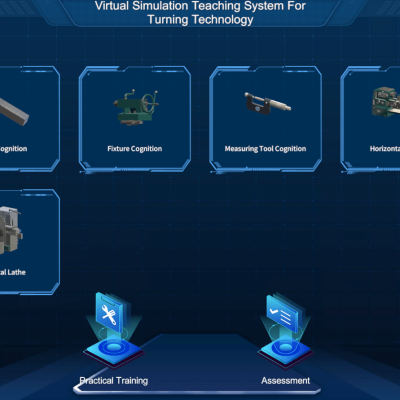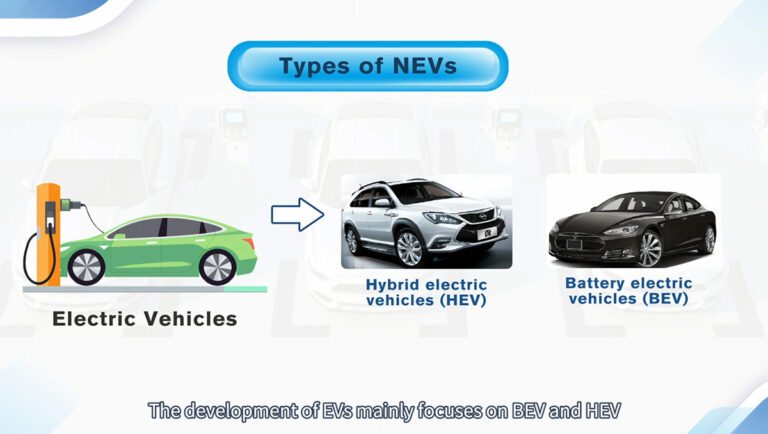Electric vehicles (EVs) are rapidly changing the face of transportation. As EV adoption accelerates, the need for robust charging infrastructure becomes critical. But building and managing efficient EV charging stations isn’t straightforward — it requires smart planning, precise energy management, and hands-on know-how.
This is where Electric Vehicle Charging Station Simulation Software steps in. It’s not just a tool; it’s a game plan for building smarter, safer, and more cost-effective charging networks.
If you’re involved in EV infrastructure training, fleet management, or urban planning, understanding this simulation technology will give you an edge. Here, we’ll break down why simulation software is indispensable, how it cuts costs, improves operations, and how Richter’s solutions fit perfectly in this evolving ecosystem.
Table of Contents
Why Simulation Software Is a Must-Have in EV Charging Station Training
Let’s start by addressing a key challenge: setting up EV charging stations isn’t just about installing chargers. It’s about balancing demand, managing grid loads, and ensuring every charge point is used efficiently without stressing the power network.
Simulation software helps visualize and test these variables before physical infrastructure hits the ground. This means you can:
- Optimize station locations based on real traffic and usage data
- Predict and manage peak load times to avoid grid overloads
- Test different charger types and quantities to meet diverse user needs
- Train operators and technicians on smart energy distribution and fault scenarios
These capabilities translate into smarter investment decisions and smoother daily operations — and that’s something everyone in the EV sector wants.
Core Benefits Backed by Industry Data
| Benefit | Impact | Real-World Evidence |
|---|---|---|
| Infrastructure Optimization | Better station placement, avoiding under- or overbuild | Studies show simulation reduces infrastructure costs by up to 25% through precise demand mapping |
| Energy & Cost Management | Lower operational costs via load balancing | Ampcontrol’s tool saved a transit depot 30% in energy costs by optimizing charging schedules |
| Fleet Efficiency | Reduced downtime, better vehicle utilization | ChargeSim’s eDepotPlanner helped bus fleets plan charging times and charger use, improving uptime |
| Smart Charging Development | Faster rollout of intelligent, grid-friendly charging | ChargeSim’s eVirtuFleet software supports smart charging algorithms development and user training |
| Real-World Operational Success | Demonstrated reductions in peak power demand | WattEV cut peak power demand and maintained 98%+ charger availability with Ampcontrol’s software |
(Sources: Ampcontrol, ChargeSim, academic infrastructure studies)
How Simulation Training Helps You Tackle Industry Pain Points
Let’s be honest, EV charging station management is complex. Operators face grid constraints, unpredictable demand, and sometimes just the sheer novelty of the technology itself. This often results in:
- Unexpected grid overloads leading to power outages or costly upgrades
- Underutilized charging stations wasting investment
- Difficulty in planning fleet charging schedules causing vehicle downtime
- Limited understanding of smart charging technology limiting efficiency gains
By incorporating simulation software into your training programs, you empower your technicians and planners to “see the future” and test scenarios without real-world risks. This hands-on, risk-free rehearsal is key to avoiding costly trial-and-error in the field.
Integrating Richter’s Tools for Comprehensive EV Infrastructure Training
At Richter, we understand that simulation software alone isn’t enough. Real skill-building requires both digital and hands-on experiences. That’s why our portfolio combines simulation software with physical training equipment designed specifically for EV charging and power management.
For example:
- Our Electric Vehicle Power Chassis Fault Diagnosis Training System gives learners practical insights into how power flows through EV chassis components, mirroring what they simulate in software.
- The Electric Vehicle Drive System Trainers help trainees understand the complexities of electric drive mechanisms, complementing the charging station simulations with powertrain knowledge.
- For hands-on battery management, the Power Battery Assembly and Testing Technology Training System prepares technicians for the critical task of battery health assessment — a key factor in effective charging station operations.
This blended learning approach — virtual plus practical — addresses every layer of EV infrastructure training, from grid interaction to component-level maintenance.

Real-Life Success Stories Show the Power of Simulation
One standout case is Ampcontrol’s deployment of their simulation tool with WattEV, a major fleet operator. By simulating charging loads and scheduling, WattEV slashed their peak power demand while ensuring their entire fleet had access to reliable charging around the clock. This resulted in not only operational savings but also enhanced fleet readiness.
Meanwhile, transit depots using ChargeSim’s eDepotPlanner reported smoother electrification rollouts, accurately sizing chargers and utilities to match actual demand. This avoided expensive overbuilding and unnecessary utility upgrades — common pitfalls in EV infrastructure projects.
Addressing Common Industry Questions
Q: How does simulation software fit into technician training?
A: It provides a safe, virtual playground for troubleshooting, allowing techs to understand load management, fault detection, and grid interactions before facing real systems.
Q: Can simulation software model different charger types?
A: Yes. Most advanced platforms let users simulate fast chargers, Level 2 AC chargers, and even future tech like wireless charging, adjusting parameters to reflect real operational scenarios.
Q: What’s the ROI of investing in simulation-based training?
A: Besides direct cost savings from optimized infrastructure, simulation reduces training time, minimizes costly field errors, and improves overall system uptime — a strong business case.
Conclusion: Why Richter’s Simulation and Training Tools Are Your Best Bet
The future of electric vehicle infrastructure depends on smart planning and skilled operation. Electric Vehicle Charging Station Simulation Software helps you visualize, test, and optimize your charging networks before investing millions in hardware.
But don’t stop at simulation. Pair it with Richter’s practical training systems to build a workforce ready to handle the full spectrum of EV technology challenges — from power electronics to battery maintenance.
For training centers, fleet operators, and infrastructure developers looking to stay ahead of the curve, Richter offers a complete toolkit that blends virtual and physical learning, backed by proven industry success.
Explore Richter’s full range of EV training equipment at automotivetrainingequipments.com and future-proof your EV infrastructure skills today.



